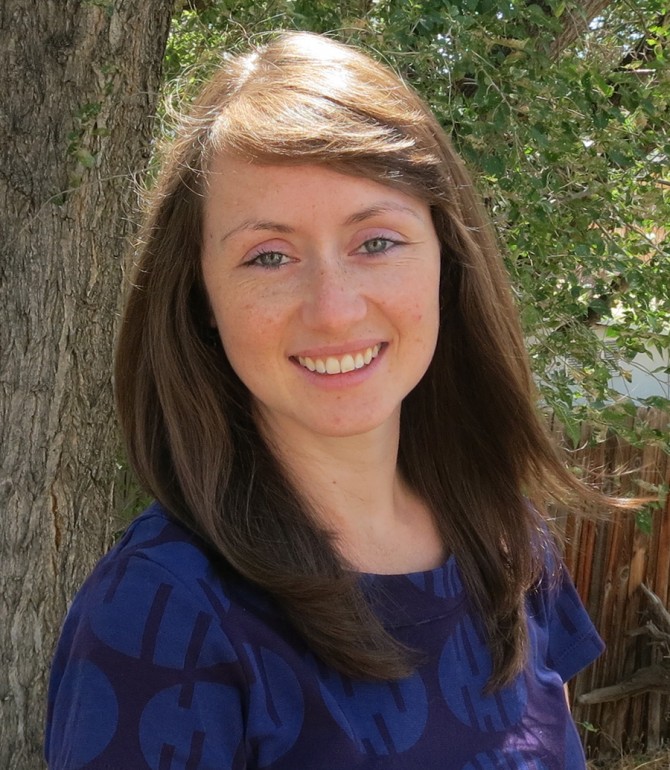Education researcher Natasha Holmes transforms physics lab courses
By Linda B. Glaser
Walk into the lab section of any science course and you’ll see students busy with beakers, microscopes, calculators and more. But what’s really going on in their minds?
“Although one may think that labs are inherently active, there’s some research showing the traditional ways that labs are structured – following rote procedures to get a proscribed outcome at the end – means students may be active with their hands but they’re not really active with their brains,” says Natasha Holmes, assistant professor of physics.
But no one really knows. While there have been lots of studies showing how active learning helps students in big lecture courses, there’s not much research on lab pedagogy. That’s where Holmes comes in. She’s the first researcher who focuses on educational practices hired within a discipline as a tenure-track professor in the College of Arts and Sciences. Using a recent Active Learning Initiative (ALI) grant, she and her team will redesign all lab courses for two introductory physics sequences.
Holmes also has a National Science Foundation grant with Carl Weiman of Stanford University to design an assessment for learning in labs. She asks, “Especially when we think about trying to teach students how to make sense of data and models and think critically and have them do some experiment, how do you test that? How do you actually measure whether what you’re doing is helpful?” The assessment’s goal, she explains, is to measure how well students assimilated the information during lab and can reproduce it in another context.
Given how difficult it was for Holmes to decide on a physics subfield to specialize in grad school, physics education research turned out to be a perfect fit. Discipline-based education research requires a solid knowledge of content. “To be able to tell a physicist how to teach a quantum course, I’d better know what quantum mechanics is and how to speak that language with them,” says Holmes, adding that each discipline has its own learning objectives and goals, so having content expertise to understand those elements is important.
Another critical aspect of having an education researcher specific to the field of physics is that “we’re trying to take the ways that a physicist would solve a problem in physics and apply them to the problems we have in education,” says Holmes, by coming up with models for learning and doing controlled experiments grounded in theory.
While lab courses are a specialty for Holmes, she works on other types as well. This past year, she taught Introduction to Electricity and Magnetism, an introductory physics course that was part of the original ALI project. “It was really fun to be involved in a course that was already pretty active and has lots of stuff going on,” she says. This fall, she’ll also be teaching a discipline-based education research course run through the physics department. The course is targeted to those planning to teach physics as well as those interested in doing education research.
Holmes admits to being surprised at the number of students who’ve expressed interest in getting involved with her research. Over the summer, she hired two undergraduates. “People do want to take the scientific approach to improving and understanding the teaching that’s going on. Clearly the interest is there,” she says.
In response to that interest, last spring Holmes initiated an education innovation research journal club, the Teaching and Learning Reading Group. Participants receive a paper a week in advance, then in good “flipped classroom style,” meet to discuss it. “The club is a low-time-investment way to start to familiarize yourself with the actual research that’s going on and think about how to apply it to your teaching,” explains Holmes. The club is open to grad students, postdocs and faculty across the university and is co-led by Carolyn Aslan of the Center for Teaching Innovation.
Linda B. Glaser is a writer for the College of Arts and Sciences.
Media Contact
Get Cornell news delivered right to your inbox.
Subscribe